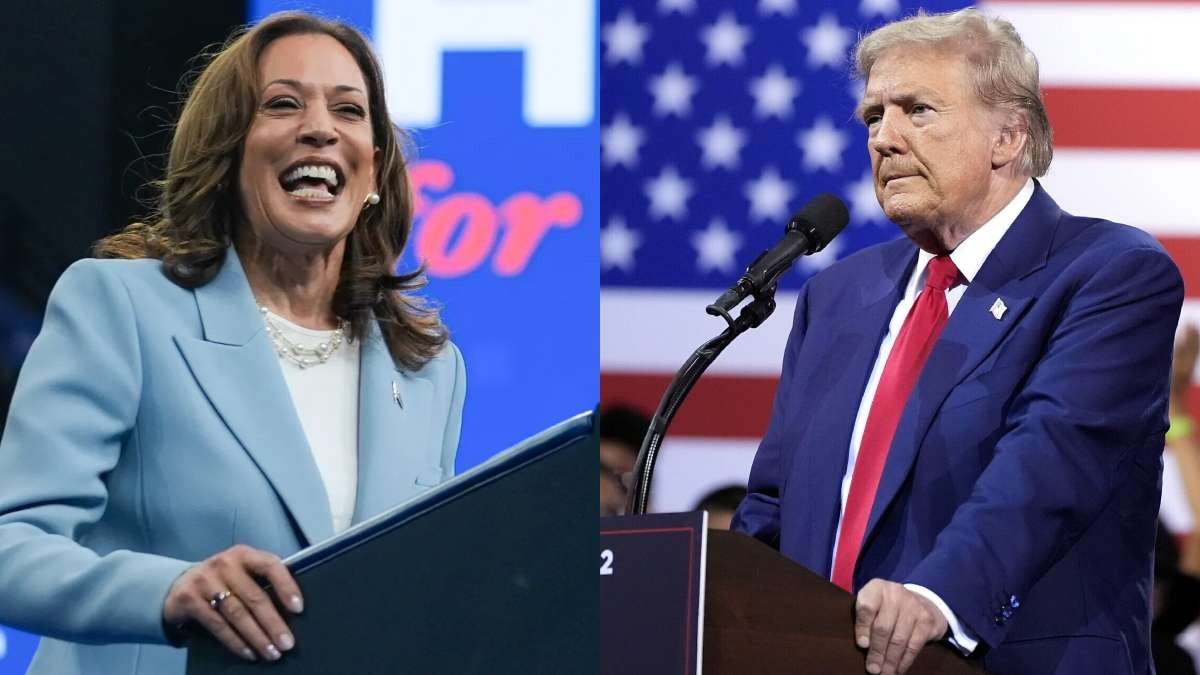
International: Americans are heading to the polls today (November 5) to cast their votes in the highly contested US Presidential election, with Democratic candidate Kamala Harris and Republican candidate Donald Trump locked in a tight race. This is the 60th presidential election in the US. It is interesting to note that there are 230 million eligible voters, but only about 160 million of them are registered.
More than 70 million people have already voted through postal ballots or at early in-person polling stations. With elections around the corner, there are several things that one should know. Here are a few things to know about the Presidential elections.
Time of polling and counting
The polling hours will vary across the states, but most locations will vote between 6 am to 8 pm on Tuesday (local time). Though, exit polls will start coming once voting starts, the final results will come only after counting is closed in all states.
The first polls will close at around 7 pm ET (5:30 am IST) in six states including Georgia. The final polls will close in the blue state of Hawaii and in the red state of Alaska at 12 am ET (10:30 am IST). Total votes will close by 1 pm ET (11:30 am IST), following which counting will start. The results in small states can be projected soon after polling states, some key battleground states may take hours in projecting the winner.
Key issues in this election
There are four key issues in this election. The most important is the hip pocket issue: household budgets, cost of living pressures and voters’ concerns about their future economic security. Since Biden and Harris took office nearly four years ago, the cost of groceries, household items, utilities and services such as insurance have risen between 10–40 per cent. Petrol prices have gone up even more. Though interest rates have fallen, American households are hurting. When asked who is best to manage the economy, voters in swing states say Trump by a 15-point margin.
The next biggest issue is immigration. Since Trump first became a presidential candidate in 2015, he has relentlessly pushed the immigration button, declaring the border with Mexico is out of control, with crime and pillage rising in its wake.
Who is leading swing states?
The opinion poll showed Vice President Harris with marginal leads in Nevada, North Carolina and Wisconsin and former President Trump just ahead in Arizona. The two are in close races in Michigan, Georgia and Pennsylvania, according to the poll, which surveyed 7,879 likely voters in the seven states from October 24 to November 2. In all seven states, the matchups were within the poll's 3.5% margin of error. However, some polls show Trump is leading in swing states.
Across the seven main battleground states in 2024, there are 10 counties, out of more than 500, that voted for Trump in 2016 and then flipped to Joe Biden in 2020. Most are small and home to relatively few voters, with Arizona's Maricopa a notable exception. So it's not likely they'll swing an entire state all by themselves.
Most of the polls have predicted a very close race between Trump and Harris, with all the leads projected within the margin of error. According to the national polls, as provided by the 'five thirty-eight' platform of ABC News, Harris (48) has a minor lead of 1 percentage point against Donald Trump (46.9). NBC News and Emerson College have projected a 49%-49% tie nationally between the two candidates. Ipsos has projected a three-point lead (49%-46%) to Harris, while, AtlasIntel has projected a two-point lead (50%-48%) to Trump.
Role of Indian-Americans in the elections
There are over 5.2 million people of Indian origin living in the United States, making Indian Americans the second-largest immigrant group in the country. This year, another reason that Indian Americans have been in the limelight is the possibility that for the first time in the nation's history, a candidate of Indian heritage, Kamala Harris could become the President. While Indian Americans have traditionally supported the Democratic Party, loyalty has declined, with a recent Carnegie Endowment survey showing that 47% identify as Democrats, down from 56% in 2020. Despite this, 61% of registered Indian American voters still plan to vote for Harris, compared to 32% for Trump, although there is a noticeable increase in those willing to support Trump compared to the last election.
Additionally, a gender gap in voting preferences has emerged: 67% of Indian American women intend to vote for Harris, while only 53% of men share the same intention. On the other hand, 22% of women plan to vote for Trump, compared to 39% of men. Abortion and reproductive rights have also become critical issues this election year, ranking as the second-most important policy concern for Indian Americans, right after inflation and prices, and tied with the economy and jobs.
What happened in 2020 election?
The November 2020 election, along with Georgia, Guam and Louisiana's general runoff elections, resulted in the election of the 117th Congress. In 2020, Democratic Joseph Biden received 8,12,83,501 popular votes (51.31%), Republican Donald Trump garnered 7,42,23,975 popular votes (46.85%), Libertarian Jo Jorgensen got 1,865,535 popular votes (1.18%), while independent Kanye West received 70,950 popular votes (0.04%).
--Advertisement--

 Desk
Desk Share
Share






